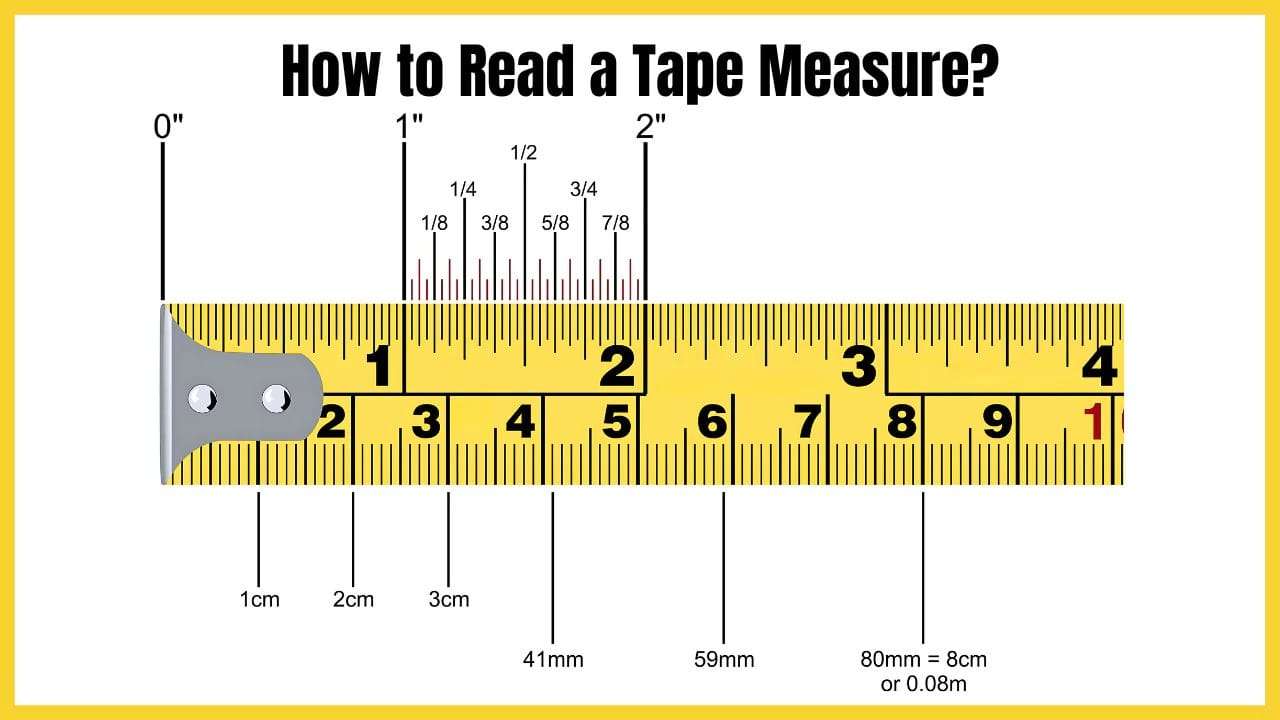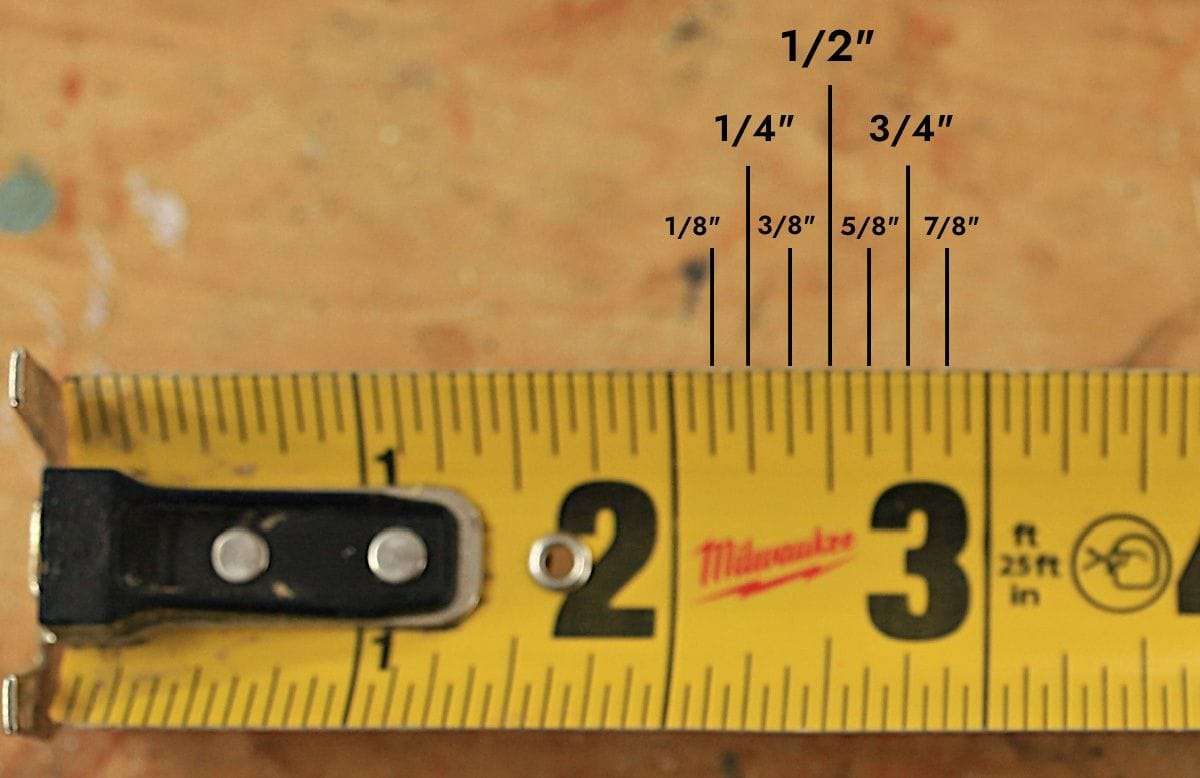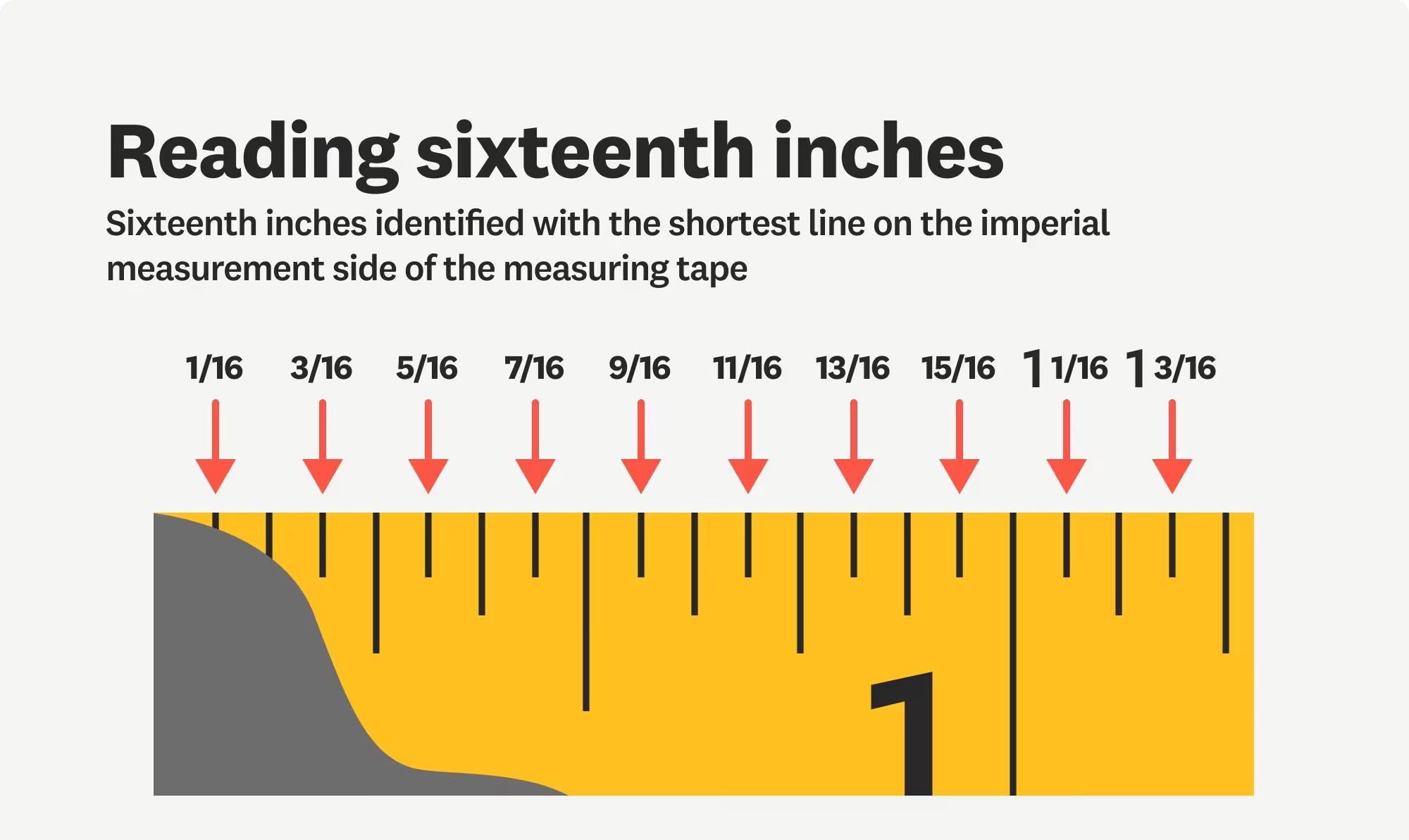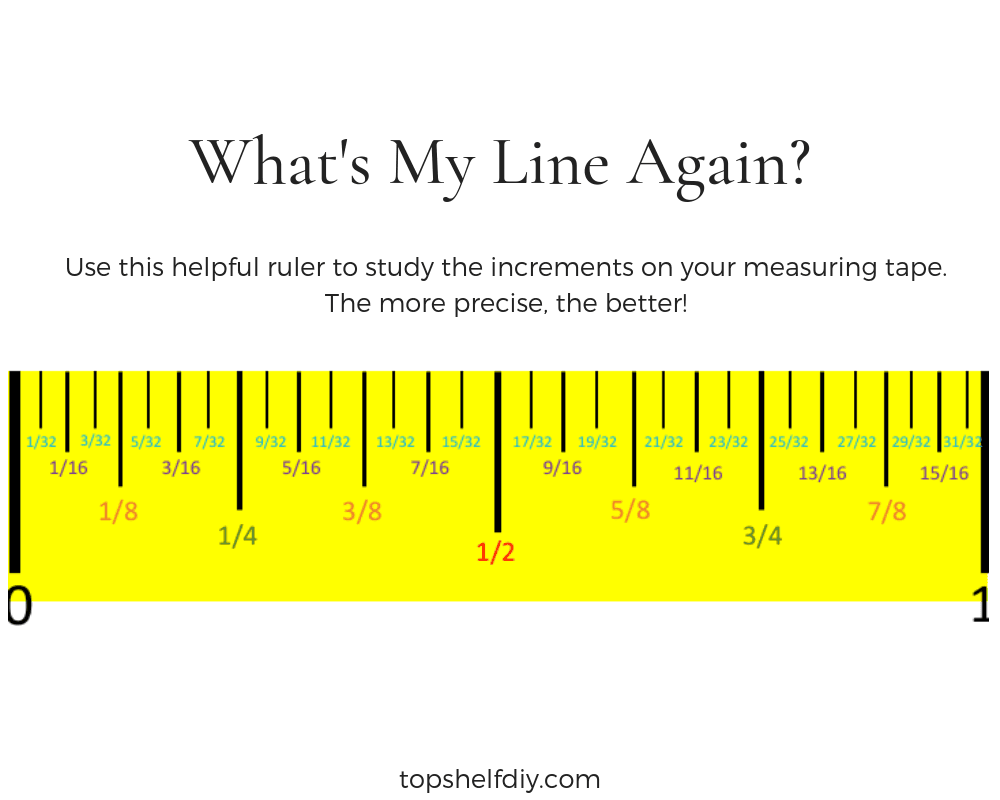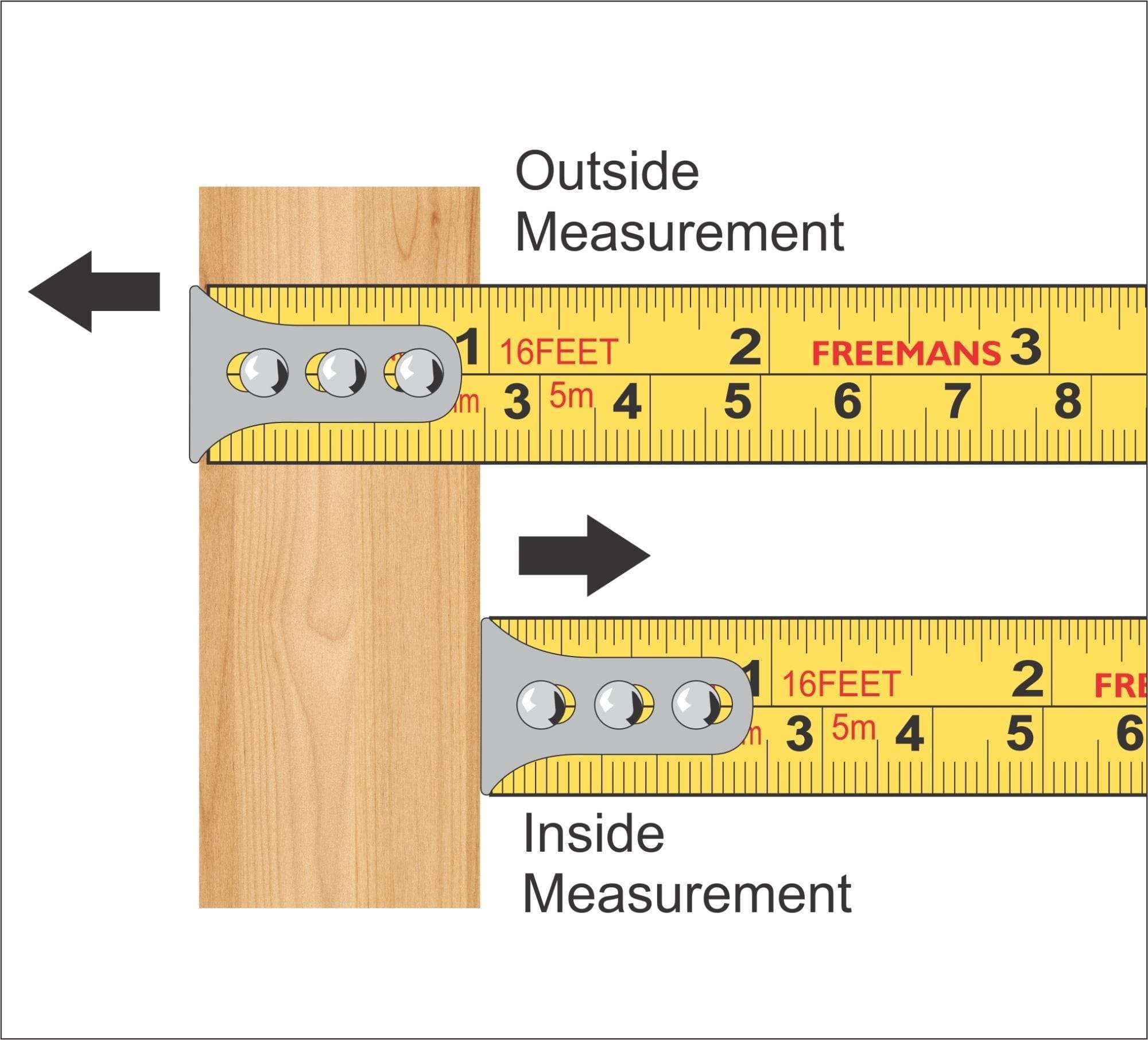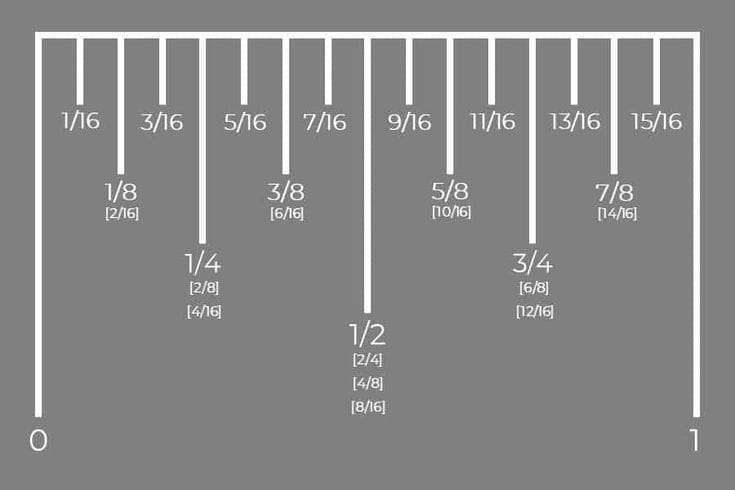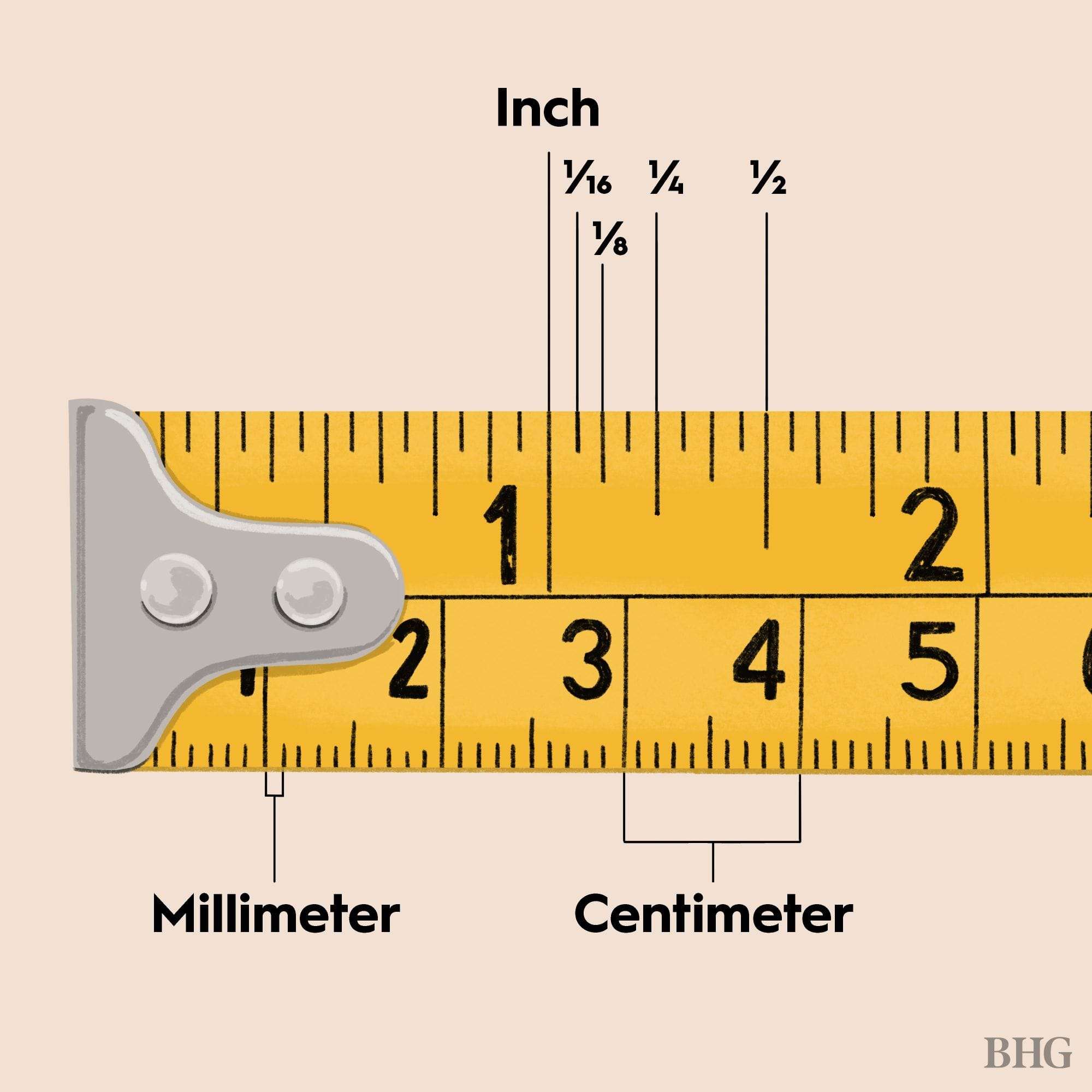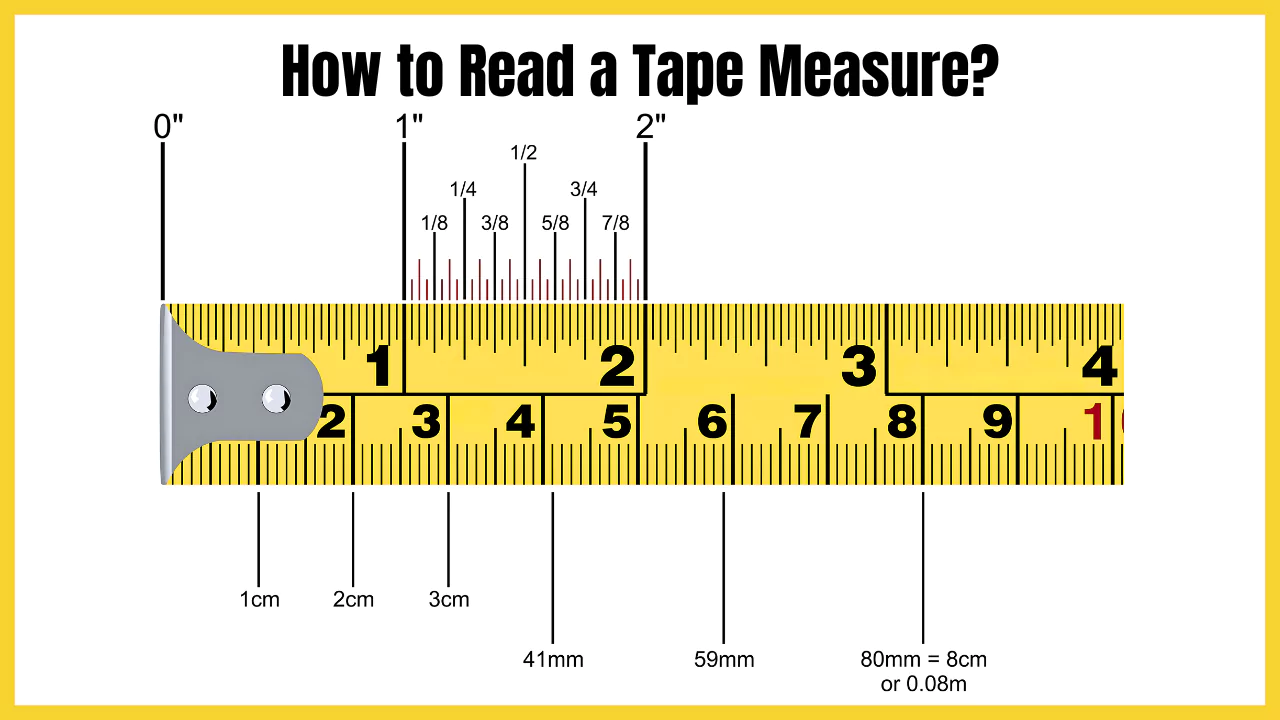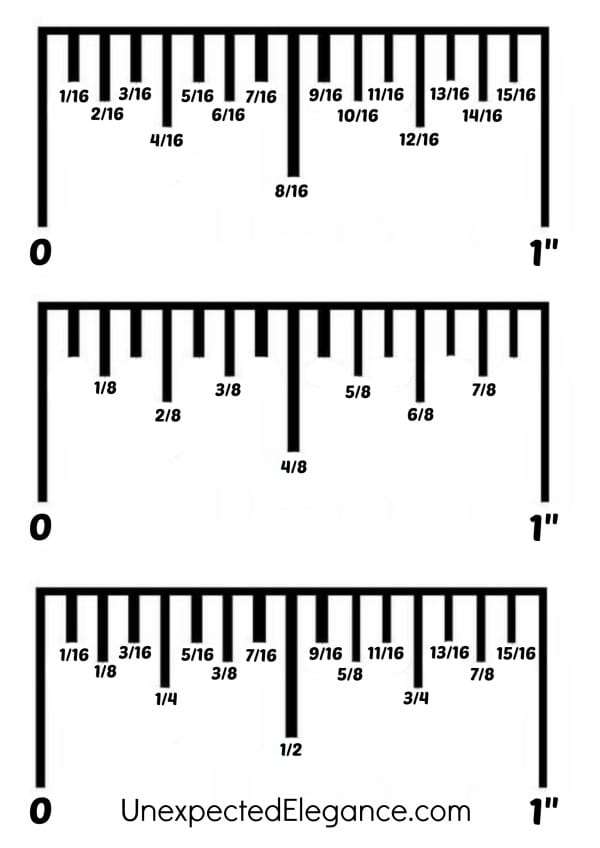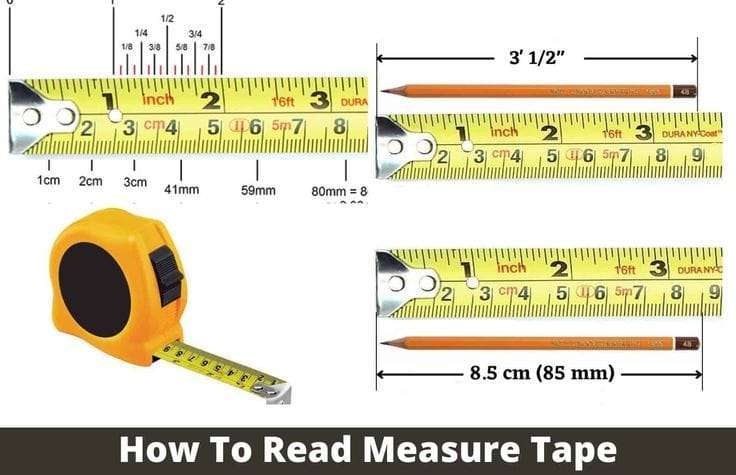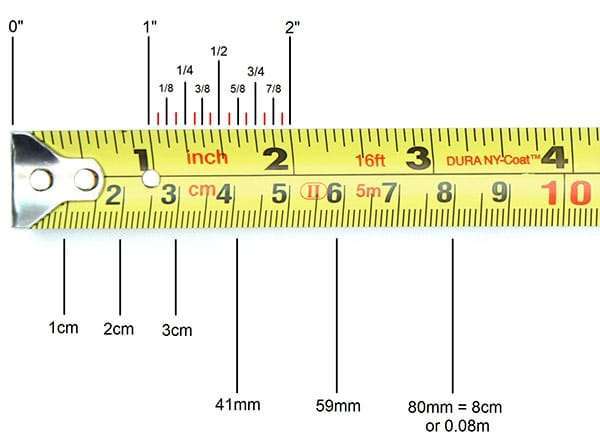
Approx. read time: 5.4 min.
Post: Mastering Measurement: A Comprehensive Guide to Reading and Using a Tape Measure in Both Metric and Imperial Systems
We’ve all been there—you pull out a tape measure, confidently measure something, and then stare at it like it’s written in ancient hieroglyphics. “Okay, that’s 1 inch… and then… a couple small lines?” Suddenly, you’re an ancient scholar trying to decode the secret language of DIY. Are those tiny lines mocking you? Is there a secret code to crack? Rest assured, you’re not alone in this! Those little marks aren’t just there to confuse you—though it sure feels like it sometimes. Let’s finally put an end to the mystery of those tiny lines and make you the ruler of your measuring kingdom!
Lesson: How to Read and Take Measurements with a Tape Measure (Expanded)
Objective:
By the end of this lesson, you will be able to understand how to read measurements in both the standard (imperial) and metric systems, switch between units, and take accurate measurements of objects and distances using a tape measure. You’ll also understand how to convert between millimeters, centimeters, inches, and feet.
1. Understanding the Tape Measure
Before learning to read measurements, let’s break down the structure of a tape measure:
Key Parts:
- Blade (Tape): The retractable strip marked with measurements.
- Hook: The small metal tab at the end of the blade used for both inside and outside measurements.
- Case/Body: The housing that holds the tape when not in use.
- Locking Mechanism: Holds the tape in place at a specific length.
- Belt Clip (optional): Attached to the body for convenience.
2. Reading the Tape Measure in Both Imperial and Metric Systems
2.1 Standard (Imperial) Measurements:
Imperial units measure in inches and feet, and each inch is subdivided for more precision. Here’s how to understand them:
- Inches and Feet: Most tape measures in the imperial system display both inches (“) and feet (‘).
- 1 foot = 12 inches.
- 1 inch = 16 subdivisions (1/16 inch). The most common fractions you’ll see are:
- 1/2 inch: The longest line between two-inch marks.
- 1/4 inch: Slightly smaller than 1/2 inch, found halfway between 0 and 1/2 inch.
- 1/8 inch: Half of a quarter inch.
- 1/16 inch: The smallest standard subdivision.
Example: If you are measuring something that falls between the 1-inch and 2-inch marks, you might see it fall at the 1-1/4″ mark. This means it’s 1 inch and 1/4 of an inch.
2.2 Metric Measurements:
Metric measurements are based on millimeters (mm) and centimeters (cm). Each centimeter is divided into 10 millimeters.
- Centimeters: Marked by the larger numbers.
- Millimeters: Each small division between the centimeter marks represents 1 millimeter.
- 1 centimeter = 10 millimeters.
Example: A tape measure might show a length of 5 centimeters and 7 millimeters as “5.7 cm” or “57 mm.”
3. Measuring in Feet, Inches, Centimeters, and Millimeters
When reading a tape measure, you’ll likely encounter situations where you need to measure larger objects or spaces. This is where understanding feet comes into play.
3.1 Measuring in Feet and Inches:
Most tape measures include both feet and inches markings, with a distinct differentiation:
- Feet markers are typically marked in bold numbers (e.g., 1′, 2′, 3′).
- Inches continue from each foot mark, so after 12 inches (1 foot), the next inch would be marked as 13 inches.
Example: If you measure a wall and the tape reads 3 feet 8 inches, this means the wall is 3 feet + 8 inches. In total, that equals 44 inches (since 3 feet = 36 inches, plus 8).
3.2 Measuring in Metric Units (Centimeters and Millimeters):
When measuring in metric units, remember that:
- Each centimeter is divided into 10 millimeters.
- The numbers on the tape correspond to centimeters, and the smaller tick marks between them represent millimeters.
Example: If the tape reads 72 cm, it means 72 centimeters, which is also 720 millimeters.
4. Converting Between Metric and Imperial Units
When you need to switch between systems or understand a measurement given in a different unit, here’s a quick guide on conversions:
- Inches to Millimeters (mm): 1 inch = 25.4 millimeters
- Example: 4 inches = 4 x 25.4 = 101.6 mm
- Feet to Centimeters (cm): 1 foot = 30.48 centimeters
- Example: 3 feet = 3 x 30.48 = 91.44 cm
- Centimeters to Inches: 1 cm = 0.3937 inches
- Example: 10 cm = 10 x 0.3937 = 3.937 inches
- Millimeters to Inches: 1 mm = 0.03937 inches
- Example: 100 mm = 100 x 0.03937 = 3.937 inches
5. How to Take Accurate Measurements in Both Systems
5.1 Using the Hook for Inside and Outside Measurements:
- Outside Measurements: Hook the tape measure onto the outside edge of the object you’re measuring.
- Inside Measurements: Press the hook against an inside edge, such as the inside of a frame or drawer.
5.2 Measuring the Length of an Object:
- Hook the End: Secure the hook at one end.
- Extend the Tape: Pull it across the length of the object.
- Read the Measurement: Use either inches and feet or millimeters and centimeters, depending on the system you’re using.
5.3 Measuring Depth or Height:
- To measure depth, press the hook into the space and stretch the tape straight.
- For height, extend the tape from the floor up to the required point.
6. Converting Measurements in Real Time (Feet, Inches, Metric)
Here’s how you can quickly convert while measuring:
- If you have a measurement in feet and inches, but need centimeters, you can use the conversion:
- 1 inch = 2.54 cm
- 1 foot = 30.48 cm
Example: If your tape reads 5 feet 6 inches, convert this to centimeters by calculating:
- 5 feet = 5 x 30.48 = 152.4 cm
- 6 inches = 6 x 2.54 = 15.24 cm
- Total length = 152.4 + 15.24 = 167.64 cm
7. Practical Exercises for Mastery
Here are a few exercises to apply what you’ve learned:
- Measure a Window Frame: Record its height and width in both inches and centimeters. Try converting between the two.
- Measure a Table: Use feet and inches first, then convert the same measurement into centimeters and millimeters.
- Depth Measurement: Measure the depth of a drawer in millimeters and inches.
8. Common Mistakes to Avoid
- Mixing Units: Always double-check whether you’re reading and writing measurements in imperial (feet/inches) or metric (centimeters/millimeters).
- Inaccurate Hook Use: Ensure you use the hook properly for both inside and outside measurements.
- Not Laying the Tape Flat: A bent or twisted tape can lead to inaccurate readings.
9. Conclusion
By understanding how to read a tape measure in both imperial and metric units, how to switch between them, and how to convert measurements in real-time, you can confidently and accurately measure objects and distances. Practice will make this skill second nature. Whether you’re working on a home improvement project or a professional job, knowing how to use a tape measure in both systems is a valuable skill.



